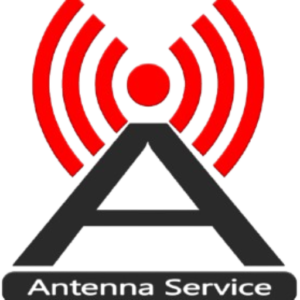Reliable antenna reception is essential for clear television signals and uninterrupted communication. Whether you’re installing a new system, upgrading an existing one, or troubleshooting signal problems, understanding antenna services can help you achieve the best performance. In this guide, we’ll discuss installation, maintenance, and common issues with practical solutions.

Antenna Installation: Step-by-Step Guide
Installing an antenna correctly ensures optimal signal reception. Follow these steps:
- Selecting the Right Antenna – Choose between indoor and outdoor antennas based on your location and signal availability.
- Finding the Ideal Placement – Position the antenna at a high elevation and away from physical obstructions like trees or buildings.
- Aligning the Antenna Properly – Point the antenna toward the nearest broadcasting tower for maximum signal strength.
- Mounting Securely – Use sturdy brackets and fasteners to keep the antenna stable against wind and weather.
- Using Quality Cables – Invest in high-grade coaxial cables to minimize signal loss and interference.
Maintaining Your Antenna for Best Performance
Regular maintenance extends the lifespan of your antenna system. Here’s what to check:
- Inspect for Wear and Tear – Look for rust, loose fittings, or damage to the antenna structure.
- Clean Regularly – Dust and debris can affect performance, so clean the antenna surface periodically.
- Examine Cables and Connectors – Ensure all cables are intact and connections are secure.
- Re-scan for Channels – Broadcasting signals change over time, so regularly rescan for updates.
Troubleshooting Common Antenna Issues
If you’re experiencing poor signal reception, here are some fixes:
- Weak or No Signal – Verify that the antenna is correctly aligned and check for any loose cables.
- Interference from Electronics – Keep devices like routers or microwaves away from antenna cables.
- Pixelation or Freezing Images – Consider using a signal booster to enhance weak signals.
- Weather-related Disruptions – Install a weatherproof cover or surge protector to minimize impact.
Why Upgrade Your Antenna?
Upgrading your antenna can significantly improve signal quality. Here’s when you should consider an upgrade:
- Older Antenna Models – Newer designs are more efficient and offer better reception.
- New Broadcasting Standards – Ensure compatibility with digital and HD signals.
- Changing Signal Needs – If you’ve moved or there are new obstructions, a better antenna might be required.
Final Thoughts
A well-installed and maintained antenna ensures seamless entertainment and communication. Whether you’re looking to install a new system, upgrade an old one, or troubleshoot issues, these tips will help you achieve the best signal quality. If you need professional assistance, reach out to an expert antenna service provider.
